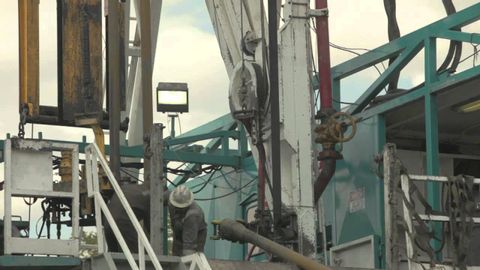
Subtitles & vocabulary
ENERGY QUEST USA (full program)
00
songwen8778 posted on 2016/10/08Save
Video vocabulary
city
US /ˈsɪti/
・
UK /'sɪtɪ/
- Noun (Countable/Uncountable)
- Area with many buildings, roads and people
- A self-governing incorporated municipal organization.
- Adjective
- Relating to a city or urban area.
A1
More water
US /ˈwɔtɚ, ˈwɑtɚ/
・
UK /'wɔ:tə(r)/
- Uncountable Noun
- Clear liquid that forms the seas, rivers and rain
- Large area such as an ocean or sea
- Intransitive Verb
- (Of the eyes) to produce tears
- (Mouth) to become wet at the thought of nice food
A1
More plant
US /plænt/
・
UK /plɑ:nt/
- Noun (Countable/Uncountable)
- Factory or a place where things are made
- Living thing with leaves and roots growing in soil
- Transitive Verb
- To firmly position something (in the ground)
- To put seeds, flowers, trees in the ground
A2TOEIC
More clean
US /klin/
・
UK /kli:n/
- Adverb
- Completely; entirely
- Adjective
- Not marked in any way; blank
- Done according to the rules or standards; fair
A1
More Use Energy
Unlock All Vocabulary
Unlock pronunciation, explanations, and filters
